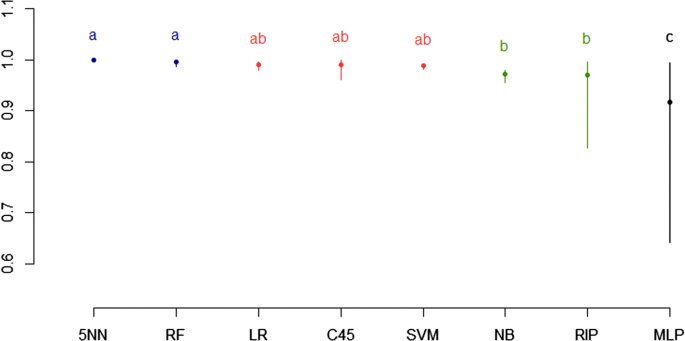
So you can keep a server down for minutes at a time without a single log file entry showing up to warn someone who might watching in that instant. But most importantly, while the attack is underway, the log file won't be written until the request is completed.

Firstly, it can be changed to send different host headers, if your target is a virtual host and logs are stored seperately per virtual host. Slowloris also has a few stealth features built into it. So it's a bit of a race condition, but one that Slowloris will eventually always win - and sooner than later. If others re-initiate their connections in that brief time-period they'll still be able to see the site. This is because other users of the system must finish their requests before the sockets become available for Slowloris to consume. So while you may be unable to see the website from your vantage point, others may still be able to see it until all sockets are freed by them and consumed by Slowloris.
#SLOWLORIS ATTACK RAPID 7 FREE#
Slowloris must wait for all the sockets to become available before it's successful at consuming them, so if it's a high traffic website, it may take a while for the site to free up it's sockets. In particular, servers that have threading will tend to be vulnerable, by virtue of the fact that they attempt to limit the amount of threading they'll allow. In this way webservers can be quickly tied up. It continues to send subsequent headers at regular intervals to keep the sockets from closing. Slowloris holds connections open by sending partial HTTP requests. Slowloris was born from this concept, and is therefore relatively very stealthy compared to most flooding tools. The ideal situation for many denial of service attacks is where all other services remain intact but the webserver itself is completely inaccessible. In considering the ramifications of a slow denial of service attack against particular services, rather than flooding networks, a concept emerged that would allow a single machine to take down another machine's web server with minimal bandwidth and side effects on unrelated services and ports.

So although there was no tool released at that time these two still technically deserves all the credit for this. It was also described in 2005 in the "Programming Model Attacks" section of Apache Security. UPDATE: Amit Klein pointed me to a post written by Adrian Ilarion Ciobanu written in early 2007 that perfectly describes this denial of service attack.

Written by RSnake with help from John Kinsella, and a dash of inspiration from Robert E Lee. Welcome to Slowloris - the low bandwidth, yet greedy and poisonous HTTP client!


 0 kommentar(er)
0 kommentar(er)
